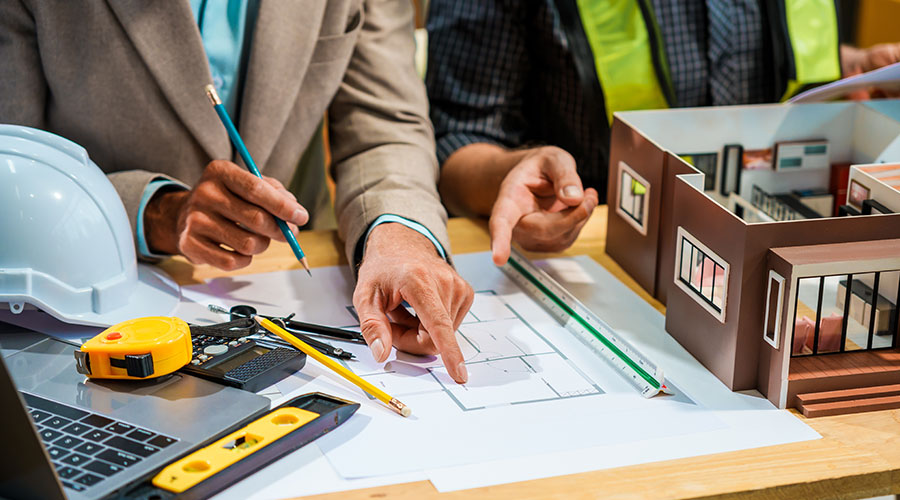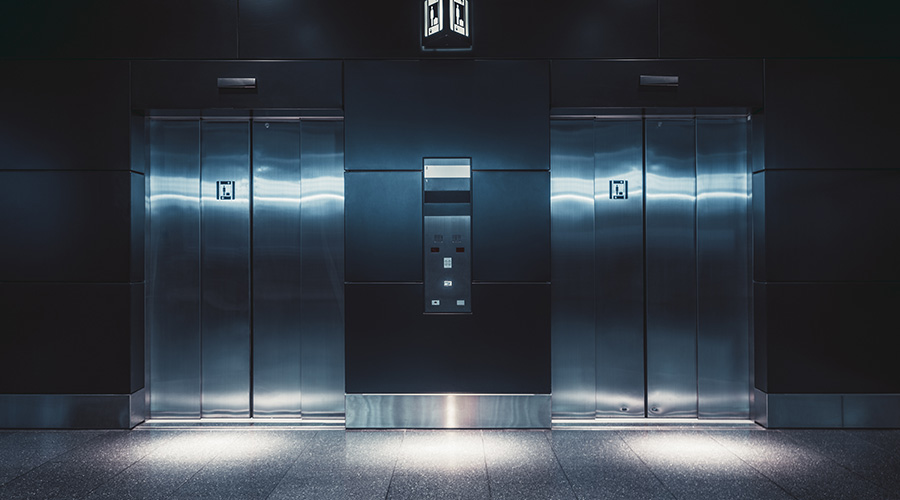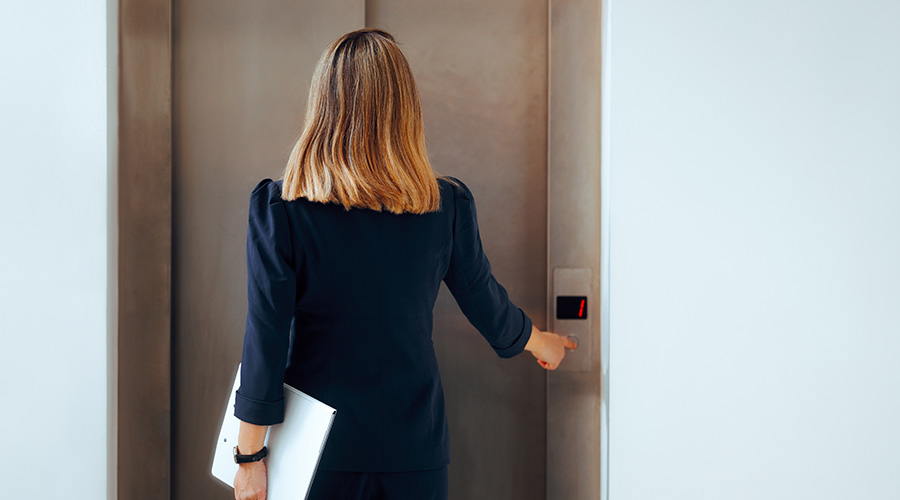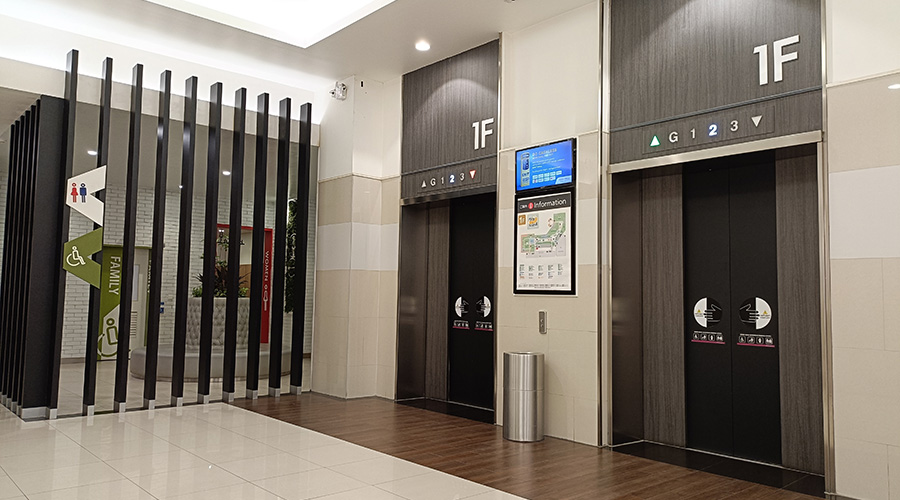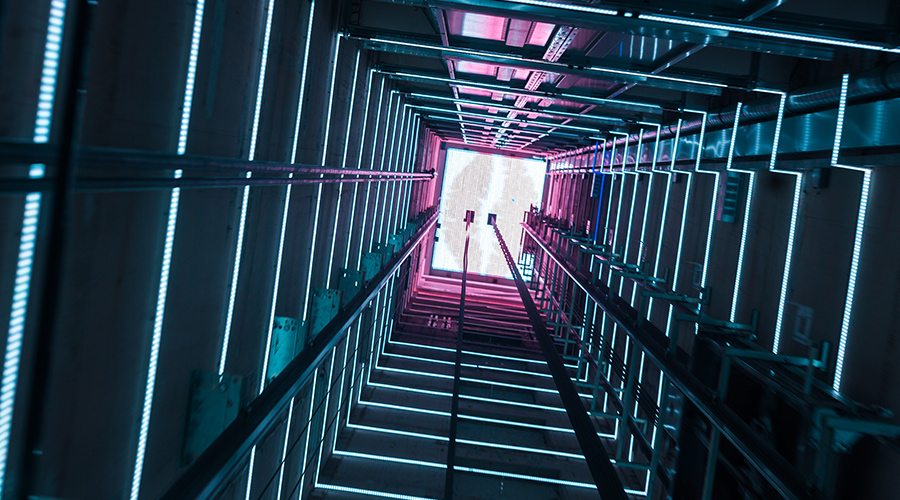Elevator Upgrades: Repair or Full Modernization?
There are many factors to consider when determining whether to upgrade an elevator, and many strategic decisions that need to be weighed carefully when evaluating options. Because elevators interact with so many other building services, each decision can have an impact on other aspects of a facility. Front-end planning is the best way to reduce potentially costly mistakes or consequences.
But how can facility managers tell whether they should opt for a simple repair or a full-scale modernization? This is a common question for many facility managers. Before any elevator modernization, consider why exactly a modernization might be necessary or whether the elevators may need only partial upgrades and repairs.
One resource is the National Elevator Code: American Society of Mechanical Engineers, A17.1 (ASME A17.1). This code, published every three years and updated annually with changes as new requirements or modifications are made, is used by many states and most major cities in the United States as the backbone of elevator and escalator codes.
There are two vital facts to keep in mind in regards to the code. First, determine which version of the code is in effect. Some jurisdictions operate under code editions that may be 10 or more years old. This can have a dramatic effect on the modernization design. Most elevator manufacturers build to the latest version of the code. In some instances, there may be significant cost impacts if the incorrect edition is used in the design.
Secondly, consider what exactly modernization means. The common industry term “modernization” is defined as an “alteration” in the code. Most alterations will require that the rest of the elevator system be brought up to the current code edition. It is critical to evaluate your elevator system needs to determine if a simple repair will provide you with the improved operation, or if a complete modernization will be required.
It is important to understand how ASME defines different issues related to elevator work. The first thing to understand is that there is no definition of an elevator “modernization.” ASME refers to an alteration as any change to equipment, including its parts, components, or subsystems, other than maintenance, repair, or replacement.
To understand modernization, therefore, requires a clear understanding of maintenance, repair and replacement. For elevators, maintenance means a routine examination, lubrication, cleaning, and adjustment of parts, components, or subsystems for the purpose of ensuring performance in accordance with the applicable code requirements. Repair refers to reconditioning or renewal of parts, components, or subsystems necessary to keep equipment in compliance with applicable code requirements. And replacement means the substitution of a device, component or subsystem, in its entirety, with a unit that is basically the same as the original for the purpose of ensuring performance in accordance with applicable code requirements. For example, a rewound hoist motor is a repair, a new hoist motor with the same characteristics is a replacement, and a new hoist motor with new controls, features or functions is a modernization.
Unlike a new construction project, elevator modernizations are rarely designed by the architect or engineer designing the whole building. This means that an elevator modernization often causes problems for owners during the project and, at times, after the elevator portion of the project is completed. This is due in part to the fact that the elevator code requires more work (HVAC, electrical, structural work) than a typical elevator contractor is trained to do.
Another potential problem comes when an elevator contractor claims that equipment is obsolete. Facility managers should be cautious about accepting such claims. Most of the time replacement parts can be purchased from many reputable sources, including the original equipment manufacturer.
A third possible source of trouble is that up to half the value of a contractor’s repair or modernization proposal may include work already covered in the existing maintenance agreement. A careful review of the maintenance agreement should verify what is and is not included.
Areas of Concern During An Elevator Modernization
Facility managers should keep other building systems in mind during an elevator modernization. Regardless of who designs the modernization, these items should always be considered in the plans:
- Main line upgrades: rating, amperage, composition, sensors.
- Fire and smoke alarm system integration.
- Emergency power changes (modern elevator drives may not work well on some generators).
- HVAC in elevator machine rooms (often increased cooling is required).
- Grounding for performance vs. code.
Pit ladders, sump pumps, drains, lighting and electrical code upgrades.
|
Related Topics:







